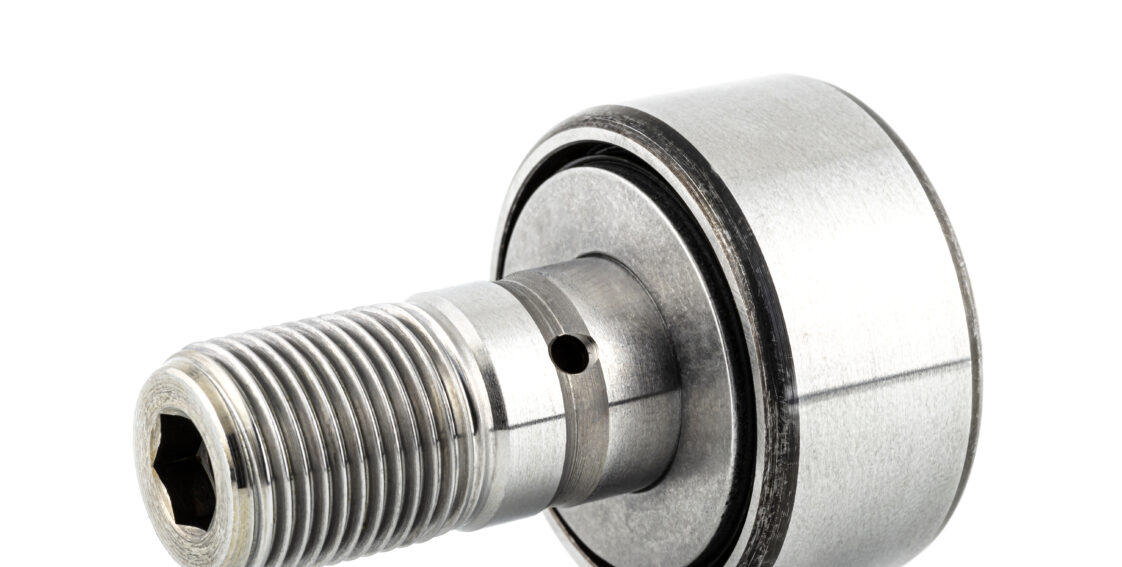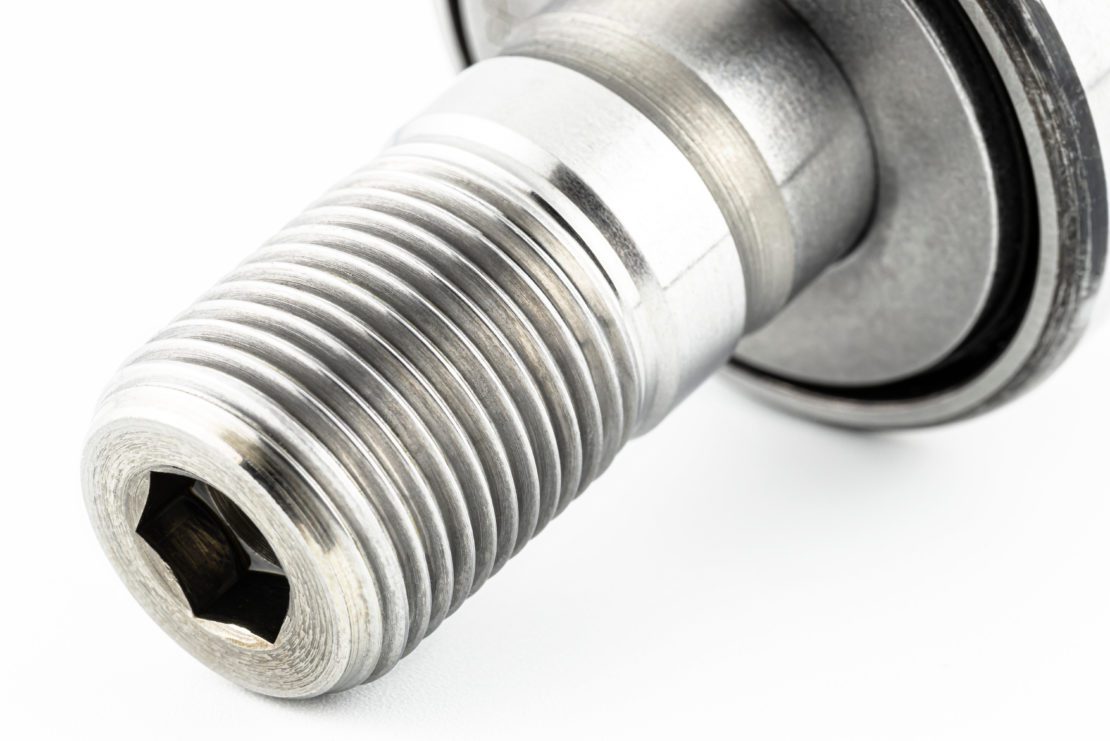
The Main Differences Between a Roller Follower & Cam Follower
Although they are different components, “cam follower” and “roller follower” are sometimes used interchangeably. The job of both types of parts is to transform the rotary motion of a cam into linear motion.
In this article, we’ll explain the differences between a roller follower and cam follower, as well as provide an overview of the characteristics, advantages, and common industry applications of each.
What Is a Roller Follower?

A roller follower, sometimes called a track follower, is a rigid, compact bearing system.
If the end of a follower that comes into contact with the cam is a roller, it is called a “roller follower.”
Its purpose is to help reduce frictional loss in the valvetrain, as well as prevent stress within the camshaft; stress is sometimes generated in the camshaft when it exceeds its own load capacity.
Characteristics
A roller follower is made up of an outer ring, seal, needle roller, inner ring, side plate, and cage. There are two types of roller followers: separable (has separable inner rings) and non-separable (inner ring cannot be separated). The outer ring is thick-walled to bear impact. The needle rollers and cage prevent skewing and boost rotation performance.
Common Applications
Track followers are suitable for a number of industrial uses, especially where space is available in stationary gas and oil engines, as well as aircraft engines. Other applications include carrier systems, bookbinding machines, pallet changers, sliding forks in automated warehouses, conveyors, automatic coating machines, and tool changers.
What Are Cam Followers?

Cam followers are rigid, compact bearings distinguished by the presence of a shaft. Just like roller followers, they convert rotary motion into linear motion and help maintain precision by reducing wear and sliding friction on the cam and track.
Characteristics
The main components of a cam follower are an outer ring, seal slide plate, cage, needle roller, and stud. The outer ring is thick-walled, and can either be spherical or cylindrical. A cylindrical outer ring absorbs distortion and assists in lightening a balanced load. The main design difference between cam followers and roller followers is that cam followers have a built-in mounting shaft.
Common Applications
Cam followers are frequently used in industrial applications that use conveyors or process transfer lines. They’re widely found in power generation, metal processing, transportation, food processing, and packaging. They’re also used in some of the same types of machines as roller followers, including pallet changers, automated coating machines, conveyors, automatic warehouse sliding forks, and tool changers.
Cam Follower or Roller Follower: Which One Do You Need?
Cam and roller followers are similar in terms of load rating and other performance capability factors. They are both rigid and compact, and designed to handle high-speed rotation. Neither is inherently better or worse than the other.
The choice comes down to the specific constraints of the design. The most significant difference is that cam followers include a shaft, while a track follower must attach to a shaft that’s already in place. The existing stud of cam followers is useful if there’s a flat surface such that the bearing can be mounted within the design. Roller followers, with their separable or non-separable inner rings, can be matched to an existing shaft to avoid extra weight and product cost.
Find the Right Follower Bearing at Universal Bearings
Universal Bearings is an industry-leading manufacturing of precision needle bearing products. We produce needle roller bearings, including cam follower and roller follower bearings, that meet rigid manufacturing tolerances. We can discuss your requirements with you, and help you determine which solution is best for your application. Contact us today to get started.



